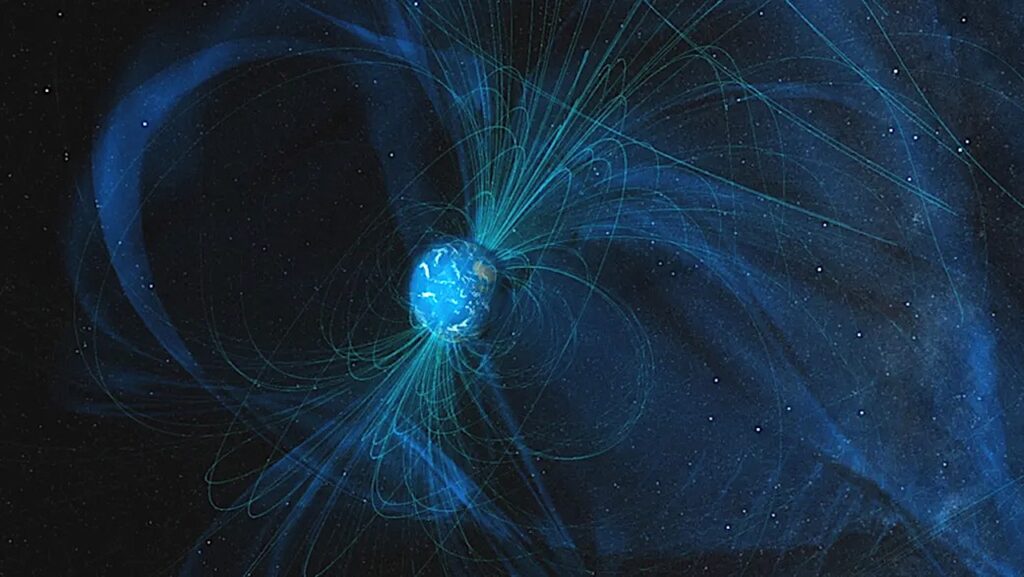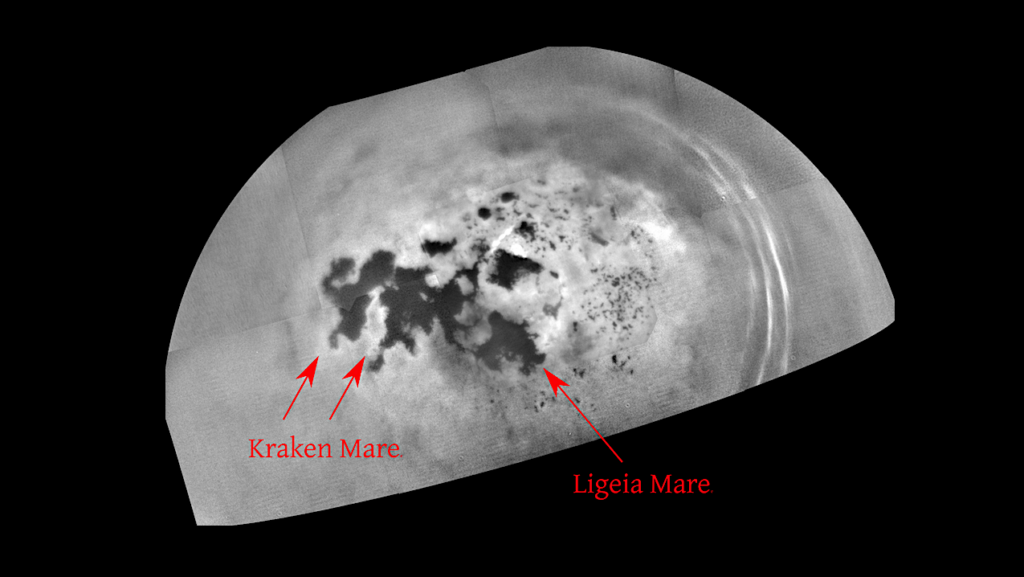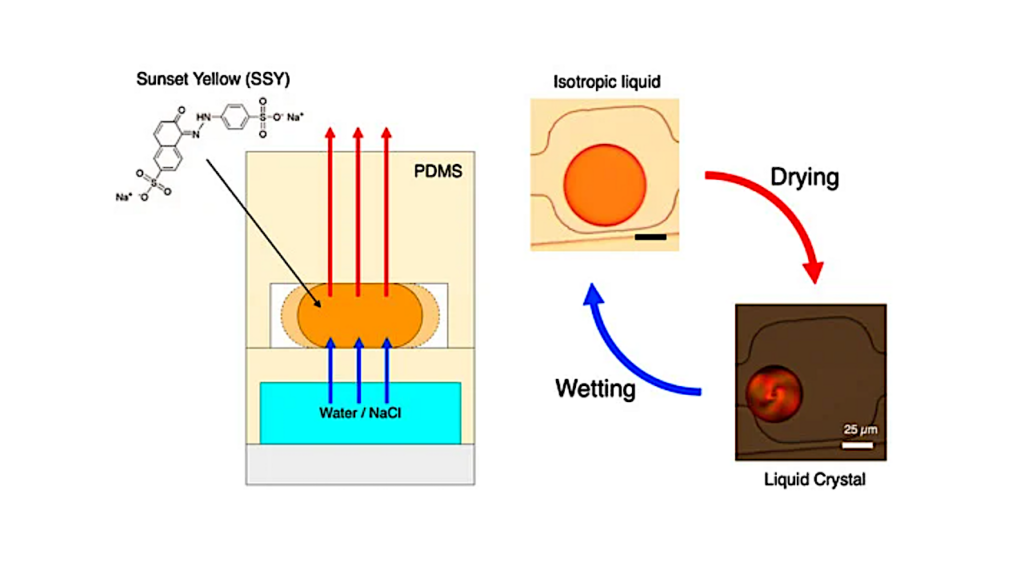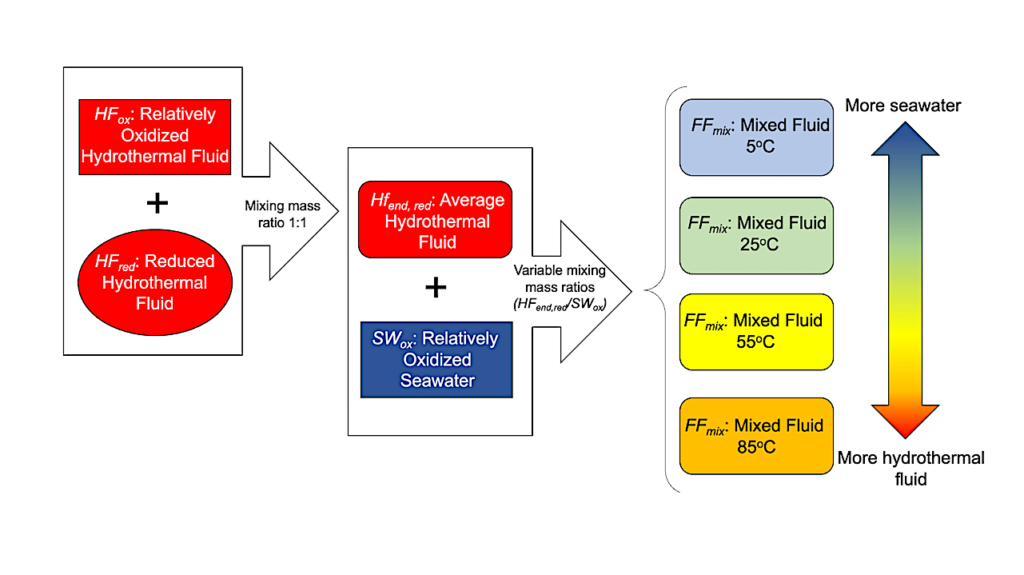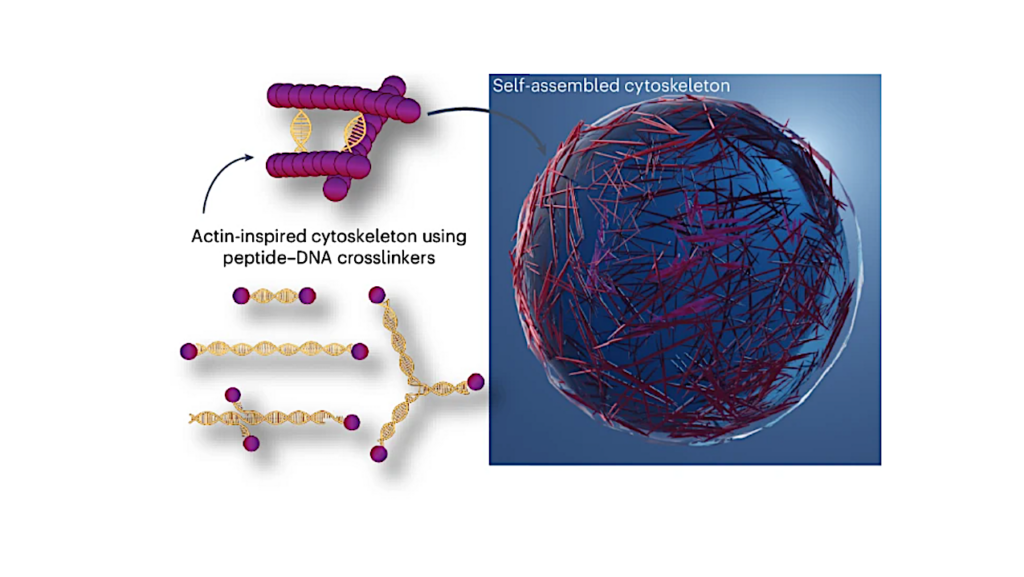Solutions Of Ferrous Salts Protect Liposomes From UV Damage: Implications For Life Origin
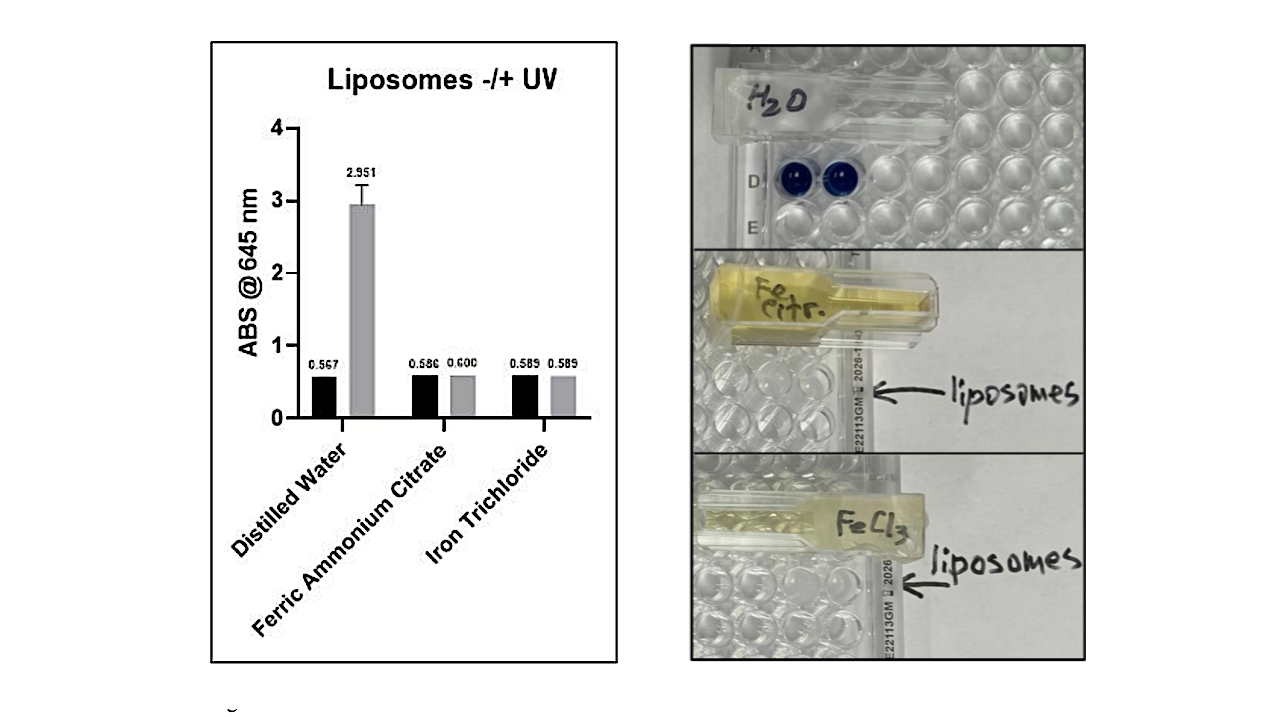
Previously, we presented a hypothesis on the Darwinian evolution of liposomes that relies only on natural and ever-present phenomena: solar UV radiation, day/night cycle, gravity, and the formation of amphiphiles, e.g., fatty acids and phospholipids, in aqueous media.
The hypothesis further suggests that liposomes, formed at the air-water interface, will be inevitably destroyed by Sun UV unless they are submerged and shielded by primordial water. The hypothesis makes two testable predictions. First, certain ingredients of the Archean waters, e.g., ferric salts, can completely attenuate UV; and second, such ferric salts solution can protect the submerged liposomes from the solar UV damage.
In our previous experiments (Subbotin and Fiksel 2023a), we tested the prediction of UV attenuation by ferrous salt solutions. We have demonstrated that out of several tested iron salt solutions, two salts demonstrated very super UV attenuation: at a concentration of 2.5 g/L of (NH4)5[Fe(C6H4O7)2] and FeCl3, the UV intensity drops by a factor of 1000 at a submersion depth of 7.4 mm and 6.3 mm, respectively.
In the present study, we tested the second prediction: we investigated whether the above ferrous salt solutions can protect UV-sensitive liposomes from UV damage. The results demonstrated that 10 mm of solutions, the ferric ammonium citrate or iron trichoride, completely protected UV-sensitive liposomes from UV damage. These results supplement and reinforce the proposed hypothesis.
Solutions of ferrous salts protect liposomes from UV damage: implications for Life Origin, biorxiv.org
Astrobiology


